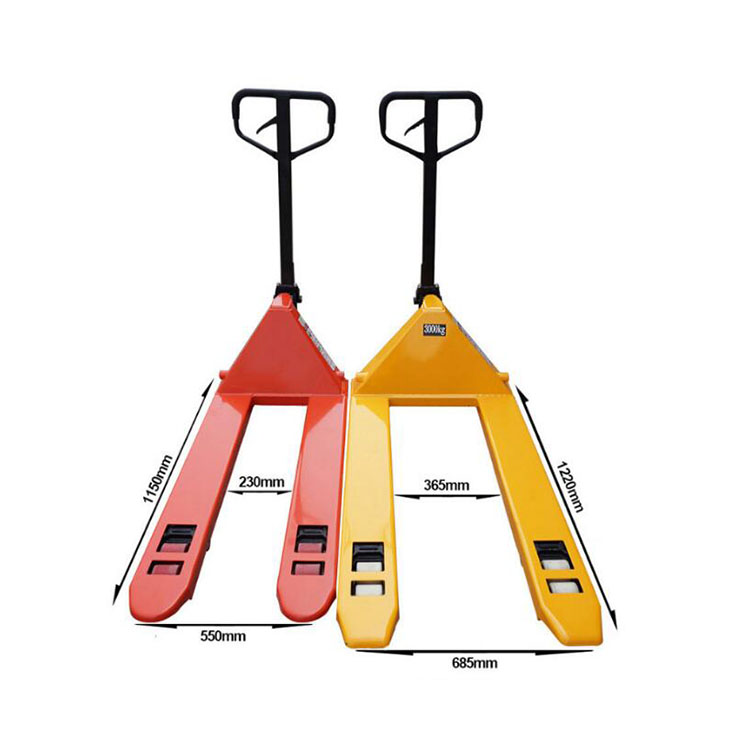


Understanding Chain Block Lever Hoist A Comprehensive Overview
In industrial and construction settings, lifting heavy objects efficiently and safely is of paramount importance. One of the most reliable tools for such tasks is the chain block lever hoist. This equipment, often referred to simply as a hoist, is designed to lift and move heavy loads with minimal effort, providing an essential solution to various lifting needs.
What is a Chain Block Lever Hoist?
A chain block lever hoist is a manually operated device that utilizes a chain to lift heavy loads. The mechanism typically consists of a strong housing, a lever arm, and a chain that passes through a system of gears. When the operator pulls the lever, it engages the gears, which in turn lifts the attached load. The design of the lever and chain system allows users to exert significantly less force than the weight of the load being lifted. This makes chain block lever hoists particularly valuable in environments where power sources may be limited or where portability is essential.
Key Components
1. Lever Arm This is the handle that the operator pulls. The length and design of the lever are crucial as they directly influence the mechanical advantage provided to the user, allowing them to lift heavier loads with less effort.
2. Chain The chain is a vital component that connects the hoist to the load. It is constructed from high-strength materials to withstand heavy lifting without stretching or breaking.
3. Housing The durable outer casing protects the internal mechanisms from damage and dirt, ensuring reliability and longevity.
4. Load Hook The load hook is where the object being lifted is attached. These hooks are designed to have a secure closure, preventing accidental detachment during operations.
5. Gearing System The internal gearing facilitates the lifting action. Different hoists may have varying gear ratios, determining how much effort is needed to lift a given load.

Applications
Chain block lever hoists are versatile tools that have applications across various industries. They are commonly used in
- Construction For lifting beams, pipes, and other heavy materials. - Manufacturing To move heavy machinery parts during assembly or maintenance. - Railways For lifting and shifting components like rail tracks and heavy equipment. - Automotive In garages for lifting engines and vehicles. - Warehousing To hoist goods in storage or during shipping processes.
Advantages of Chain Block Lever Hoists
1. Portability Lightweight and compact designs make these hoists easy to transport and use in various locations. 2. Manual Operation They can be operated without electricity, making them ideal for fieldwork or remote locations. 3. Safety With appropriate use, chain block lever hoists have safety features that prevent overloading, reducing the risk of accidents. 4. Cost-Effective Compared to powered hoists, manual lever hoists can be a more budget-friendly option for many businesses.
Safety Precautions
While chain block lever hoists are generally safe when used properly, there are several essential safety precautions that operators should adhere to
- Load Limit Awareness Always be aware of the hoist's rated capacity and do not exceed it. - Regular Maintenance Regularly inspect components for wear or damage to ensure they are functioning correctly. - Proper Hook Usage Ensure that the load is securely attached to the load hook before lifting. - Avoiding Tangling Keep the chain free from tangling as it can cause uneven lifting or loss of load control.
Conclusion
The chain block lever hoist is an invaluable tool in lifting operations across a range of industries. With its simplicity, reliability, and efficiency, it continues to be a preferred choice for many professionals dealing with heavy loads. By following proper safety protocols and regularly maintaining this equipment, users can ensure safe and effective lifting for years to come. Whether in a construction site, a manufacturing plant, or a garage, the chain block lever hoist stands out as a crucial asset in the toolkit of any lifting professional.



